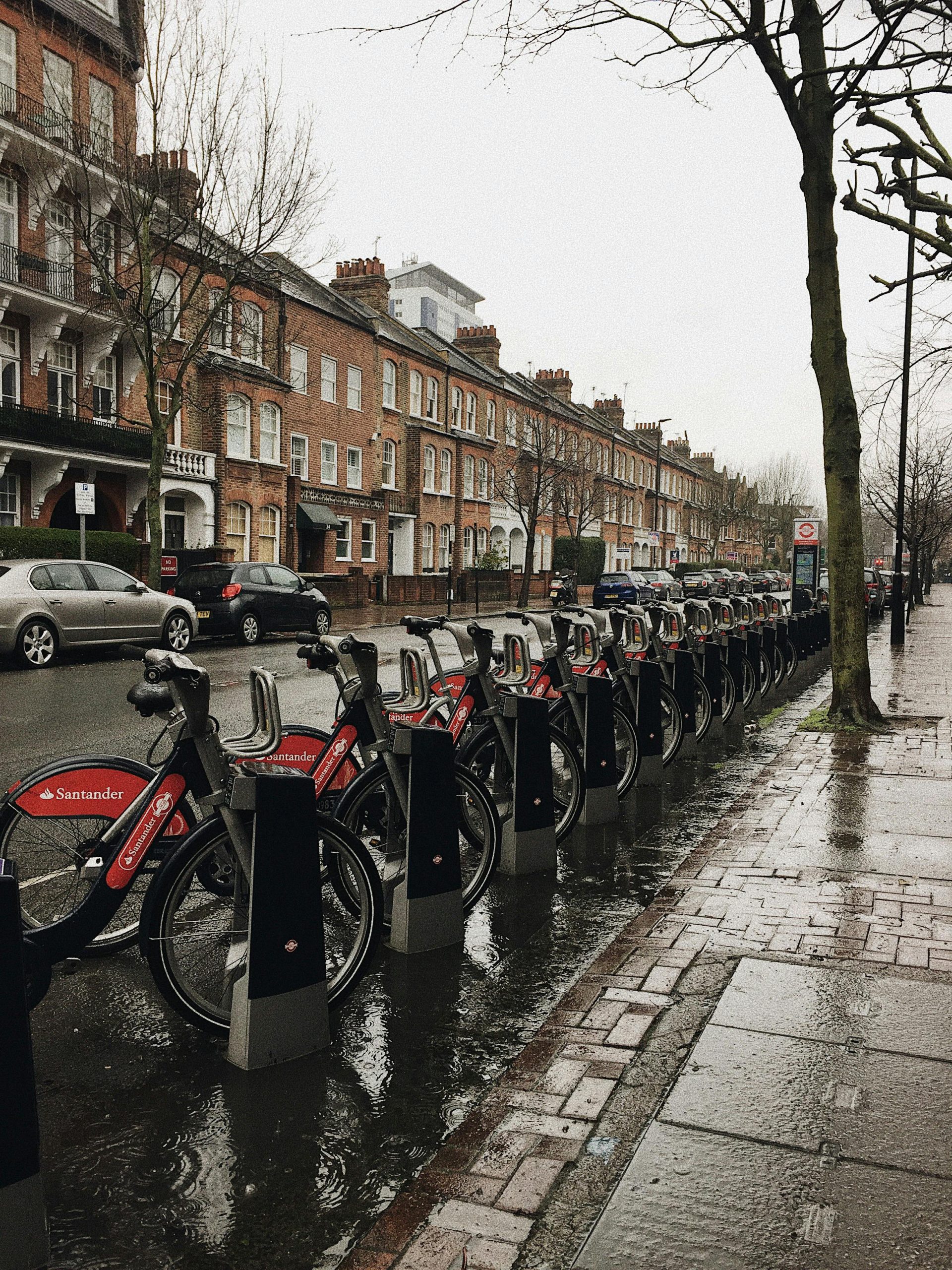Exploring the Unique Nicknames of London: A Linguistic Journey
London is a city steeped in history, culture, and vibrant communities, making it a rich tapestry for linguistic exploration. One intriguing aspect of this metropolis is the array of nicknames assigned to various locations, such as parks, schools, stations, and neighborhoods. These affectionate or quirky monikers often reflect local history, characteristics, or even a touch of humor.
As part of an exciting linguistic project, I’m delving into the fascinating world of place-based nicknames in London. I would love to hear about any interesting or unusual nicknames you’ve encountered for the city’s myriad areas. Whether it’s a beloved park known by a playful name or a school with a moniker that speaks to its legacy, your insights would be invaluable to my research.
Join me in this exploration of London’s linguistic landscape! Please share any nicknames and the stories behind them, as we uncover the unique ways Londoners signify their surroundings. Your contributions will help paint a clearer picture of how language and place intersect in this vibrant city.


London Nicknames: A Reflection of Community Spirit and Local Identity
As a long-time resident of London, I find the exploration of place nicknames a fascinating lens into how communities create their own identities and narratives. For example, I’ve often heard “The Smoke” used affectionately for London itself, highlighting its historic connection to industrial and atmospheric characteristics.
Additionally, some neighborhood nicknames reveal interesting histories or cultural quirks:
Nicknames also often develop around stations and transport hubs, such as ELEPHANT & Castle—sometimes affectionately called “Elephant and Curly” by commuters seeking a humorous twist.
Understanding these nicknames enriches our appreciation for London’s layered history and the community bonds that these monikers foster. I’m eager